I need opinions on wood stoves
Northwoodswi_mark
19 years ago
Related Stories

DECORATING GUIDESNo Neutral Ground? Why the Color Camps Are So Opinionated
Can't we all just get along when it comes to color versus neutrals?
Full Story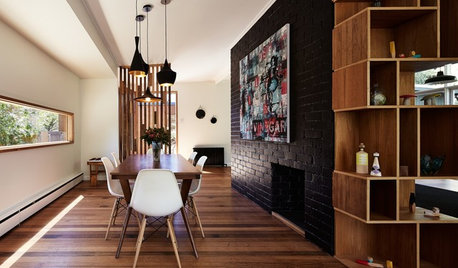
WALL TREATMENTSExpert Opinion: What’s Next for the Feature Wall?
Designers look beyond painted accent walls to wallpaper, layered artwork, paneling and more
Full Story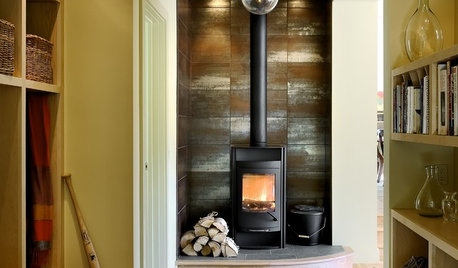
FIREPLACESHeat Your Space in Style with Today's Wood-Burning Stoves
Cleaner burning and streamlined, new wood-burning stoves warm up the room
Full Story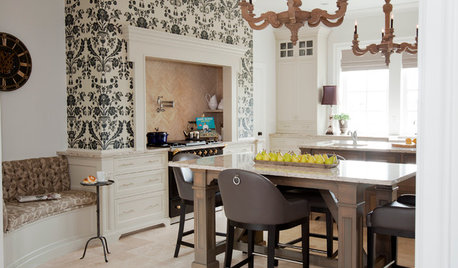
KITCHEN DESIGNKitchen of the Week: Updated French Country Style Centered on a Stove
What to do when you've got a beautiful Lacanche range? Make it the star of your kitchen renovation, for starters
Full Story
FUN HOUZZEverything I Need to Know About Decorating I Learned from Downton Abbey
Mind your manors with these 10 decorating tips from the PBS series, returning on January 5
Full Story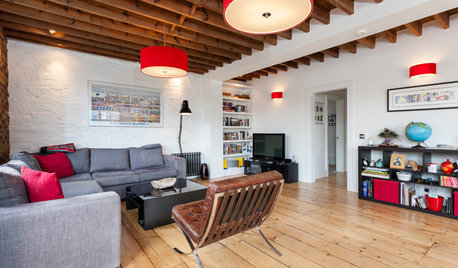
LOFTSMy Houzz: Ronnie Wood’s Old Art Studio Gets a Makeover
Check out this contemporary update of a former factory flat that survived World War II bombs and use by a member of The Rolling Stones
Full Story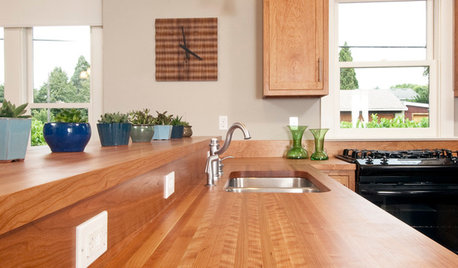
KITCHEN DESIGNWonderful Wood Countertops for Kitchen and Bath
Yes, you can enjoy beautifully warm wood counters near water sans worry (almost), with the right type of wood and sealer
Full Story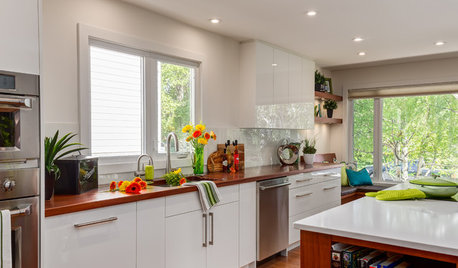
KITCHEN DESIGNThe Best Backsplashes to Pair With Wood Counters
Simplify your decision-making with these ideas for materials that work well with wood counters
Full Story
WOODKnotty and Nice: Highly Textured Wood Has a Modern Revival
Whether it's cedar, fir or pine, if a wood has a knot, it's hot
Full Story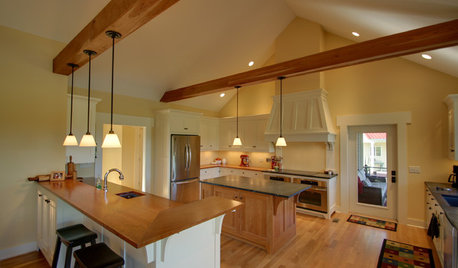
Sponsored
Columbus Area's Luxury Design Build Firm | 17x Best of Houzz Winner!






RCMJr
Northwoodswi_markOriginal Author
Related Professionals
Frankfort Solar Energy Systems · Pacific Grove Solar Energy Systems · Phoenix Solar Energy Systems · Melville Solar Energy Systems · Big Bear City Home Builders · Converse Home Builders · Dinuba Home Builders · Kaysville Home Builders · Sarasota Home Builders · Newton Roofing & Gutters · Parker Roofing & Gutters · Manassas Roofing & Gutters · Ojus Roofing & Gutters · Ponte Vedra Beach Roofing & Gutters · Wayne Roofing & Guttersbigeasyjock
foolyap
Roeland
bry84
DeepSnow
Northwoodswi_markOriginal Author
ziggy39
darrinbinegar_yahoo_com
smile3
rick2752
smile3
joyfulguy
jamesqf
smile3
tkeenan1
fsq4cw
herb_wi
joyfulguy
water_daddy